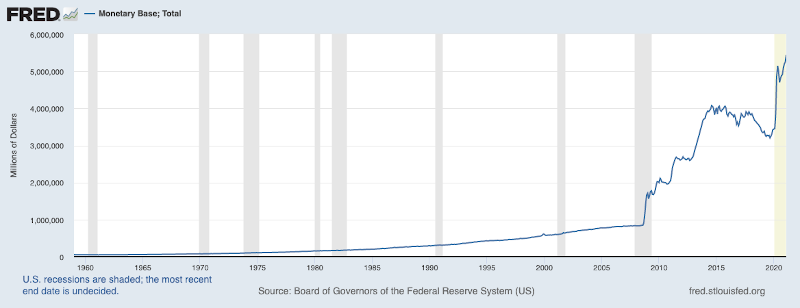Power to the users
We continue to look at the latest saga in the evolution of web technologies in this piece:
Web technologies have evolved significantly over the last couple of decades. What started as non-profit initiatives led by universities during phase one has turned into a commercial power tool in phase two. Now we are entering into the third phase - a still unknown but hopefully a better one for us, individuals. (Please read the first post - link below - before moving on to this one).
Cypherpunk Movement
A group of people has seen the unprecedented power grab by tech giants way before the masses. In fact seeds of such a movement started even before these giants have any power at all. Look at the quote from Eric Hughes’ ‘A Cypherpunk’s Manifesto’ dated March 9th, 1993:
We cannot expect governments, corporations, or other large, faceless organizations to grant us privacy out of their beneficence […] We know that someone has to write software to defend privacy, and since we can’t get privacy unless we all do, we’re going to write it. […] Our code is free for all to use, worldwide […] We know that software can’t be destroyed and that a widely dispersed system can’t be shut down.
Cypherpunks (not to be confused with Cyberpunks) were cryptography advocates that believe in protecting people’s privacy in a digital world through writing codes.
Money printing by Fed
A similar development has also started around similar times when people start talking about separation of governments from money. Money has always been under the control of governments in the 20th century. However, while money printing was tied to the available gold a government has in stock, this system has been abandoned completely following the Vietnam War in 1972. While we have seen the US government sparingly printing cash at it will, the tipping point was 2008. During the mortgage crisis (which by the way was not actually related to mortgages but rather a gigantic amount of derivatives built on top of mortgage claims), US Fed has printed cash equal to the amount printed up until that point in US history. (By the way, please do not look at the very right side of the chart (.e. 2020’s) if you would like to have a good sleep tonight)
 |
|---|
| Source: Federal Reserve Bank of St. Louis |
This enormous money printing was justified as ‘saving the economy’ from the crisis, but people felt extremely concerned as money printing was treated as a decline in purchasing power in economic theory. While some modern money theory believers do not accept this assumption, history has repeatedly shown us that this is the case.
Here comes the perfect storm
Privacy concerns in digital life coupled with fear of governments toying with inflationary tools resulted in a perfect storm in 2008 that created the first blockchain project, namely bitcoin..
 |
|---|
| Image by Gerd Altmann from Pixabay |
Blockchain technologies in fact constitute the fundamentals of the third wave of the internet. So what do we mean by that? Let’s dive into blockchain philosophy on our next post.
This piece is first published in BlockchainIST Center on April 30th, 2021.
None of the views expressed in this article should be considered as investment advice

